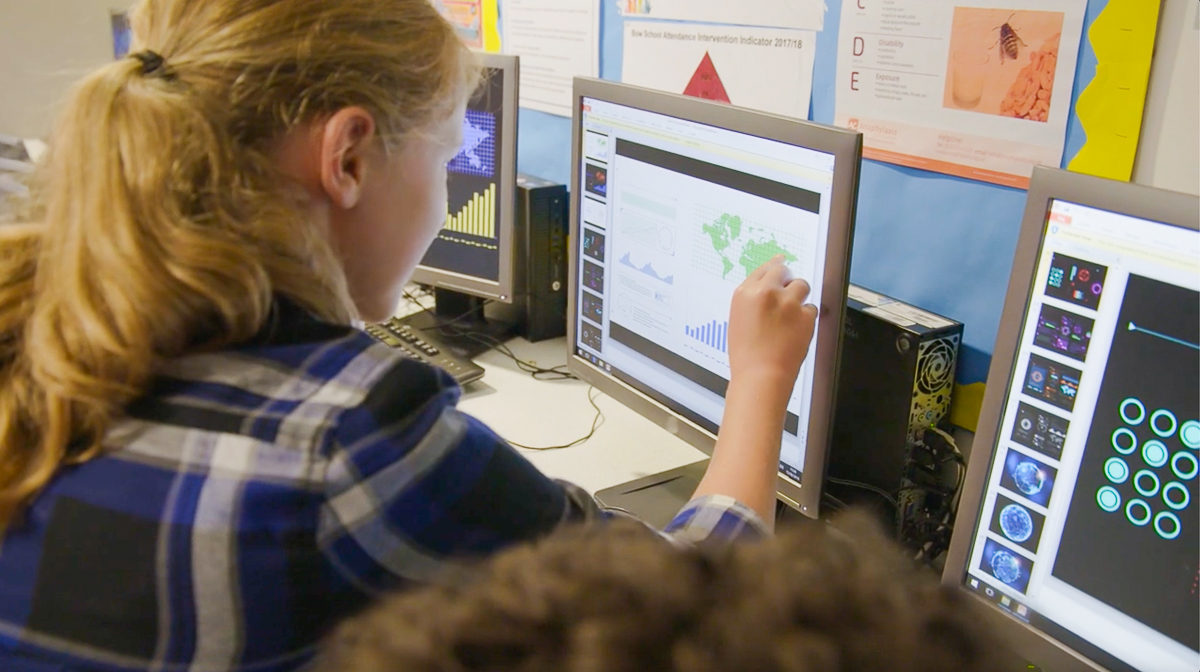7 Tips for Teaching Online
We’ve researched online learning and collaborated with schools nationwide and want to share this checklist for virtual learning with you, as well as seven tips

Schools nationwide are using virtual learning to serve students. Is your school offering online courses? Is it sharing lessons electronically and asking students to post responses?
Online learning is relatively new for many schools. And, students participating in online courses tend to have low completion rates. We’ve researched online learning and collaborated with schools nationwide and want to share this checklist for virtual learning with you, as well as seven tips:
- Create a schedule. Provide a schedule to students and their families or ask students to develop and share one with their teachers. A schedule can help address challenges with time management and self-regulation, which can impede students’ success in online courses.
- Schedule time to interact with students. Build in some type of synchronous interaction, such as a video chat or phone call. This interaction is key during the first week of a course to familiarize students with how to contact the teacher. However, continuing the interaction helps keep students engaged and reduces feelings of isolation.
- Provide timely feedback. Respond to students promptly via email, phone, or video. Students feel more engaged with the course when they receive timely feedback.
- Check that students are engaged. Be clear about how much time students should spend on the course. Then, regularly check students’ progress to identify students who need support. Keep in touch with parents to help students stay on pace.
- Consider EACH learner. As in the face-to-face classroom, be sure to consider the needs of each learner, including ways to support students with disabilities.
- Develop a system of supports. Students need support and interaction from online teachers, mentors, parents, and peers to succeed.In our 2020 study, we found that a single online asynchronous orientation had no impact on student course outcomes. One reason for that might be that students need more supports than just one orientation. Consider how you will support students from the beginning to the end of online courses.
- Address technology issues. Districts and states need plans and support to make sure essential technology, Internet connectivity, and supports are available to make virtual learning a reality.
Do you have questions about online learning? Please share them, and we’ll reply!








